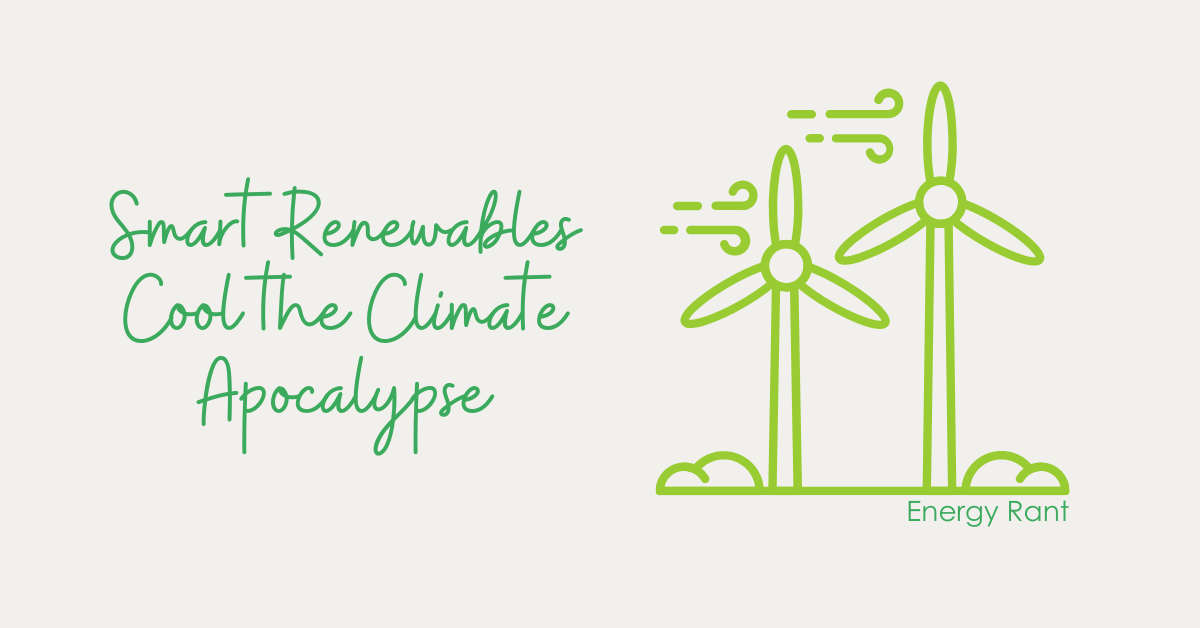
Since the One Big Beautiful Bill (a meme from the 80s comes to mind – gag me with a spoon! 🤮) has passed, interest groups from every angle have mobilized to steer it in their direction as Senators take it up for handouts to their favorite funding organizations, led by Big Tech. Lobbyists in the Sausage Factory They say lobbyists write these bills. Gemini tells me, "Yes, lobbyists can and do write legislation. They often draft bills or provide significant input into the language of bills, which members of Congress or state legislatures then introduce. This practice is common, especially…
Read More








